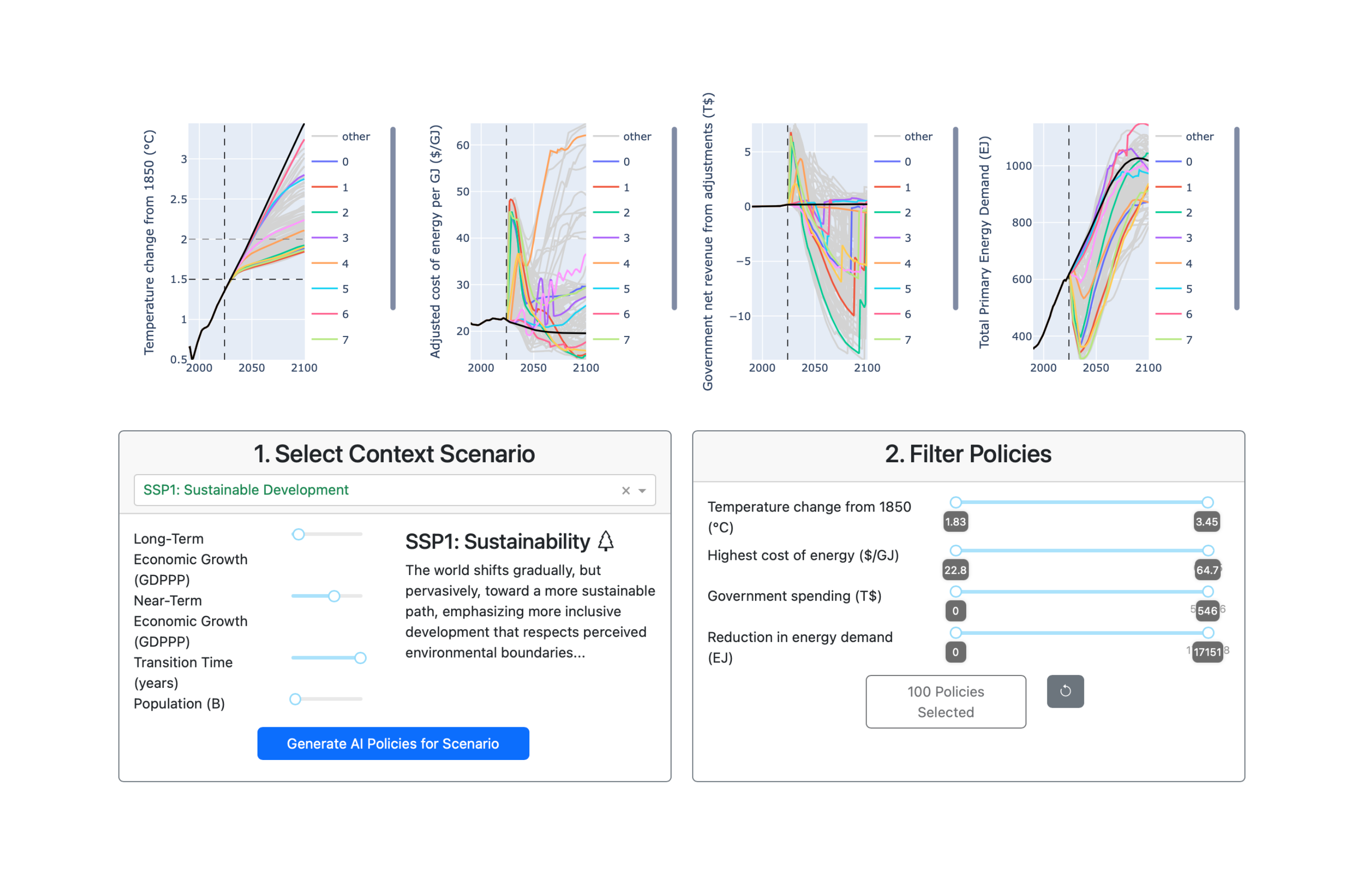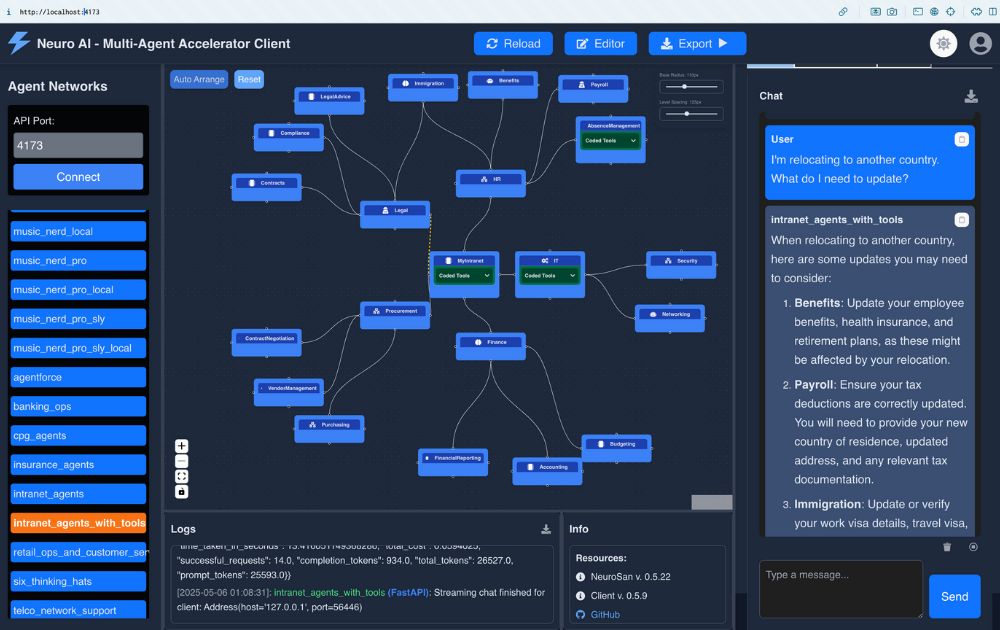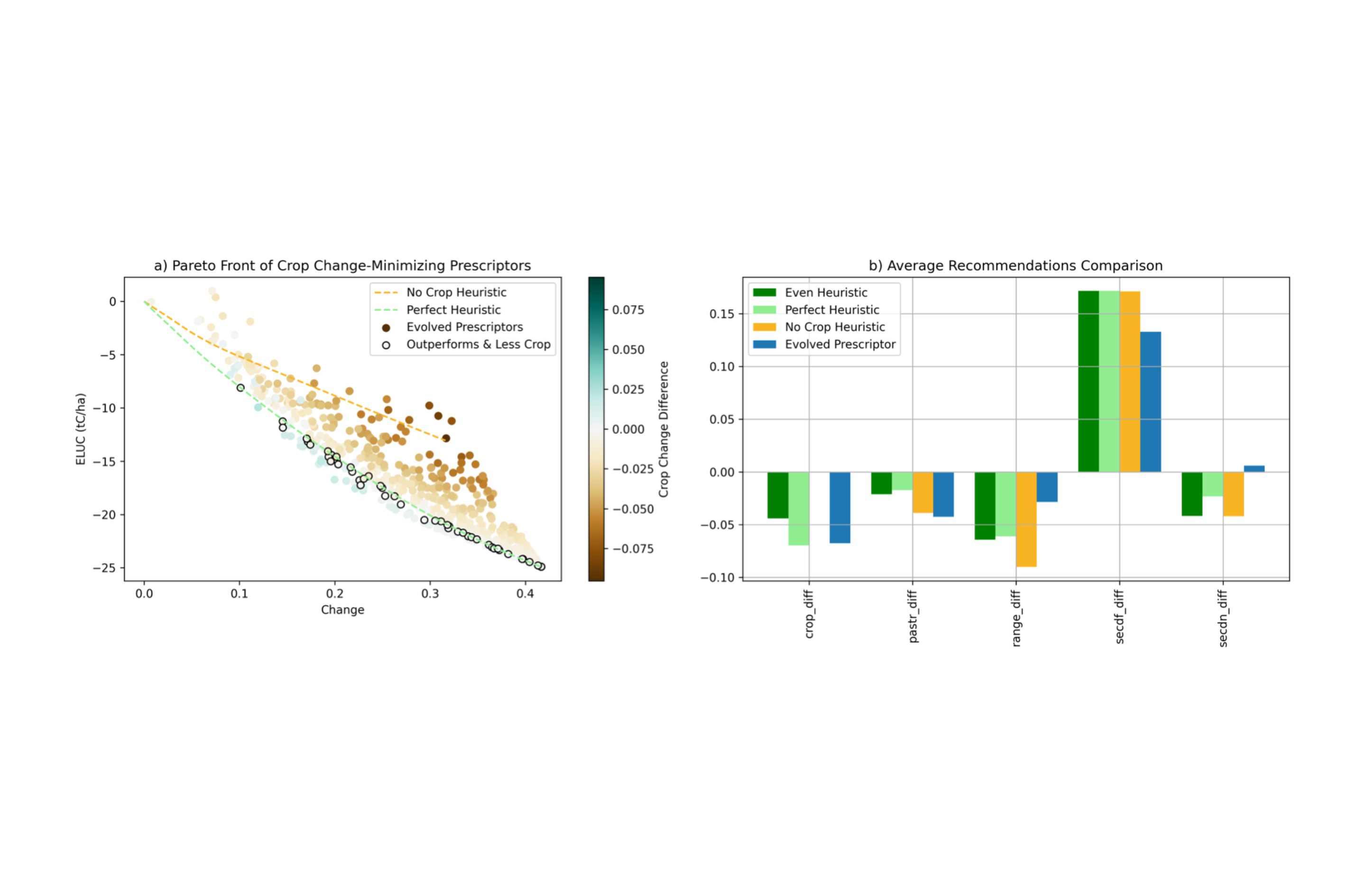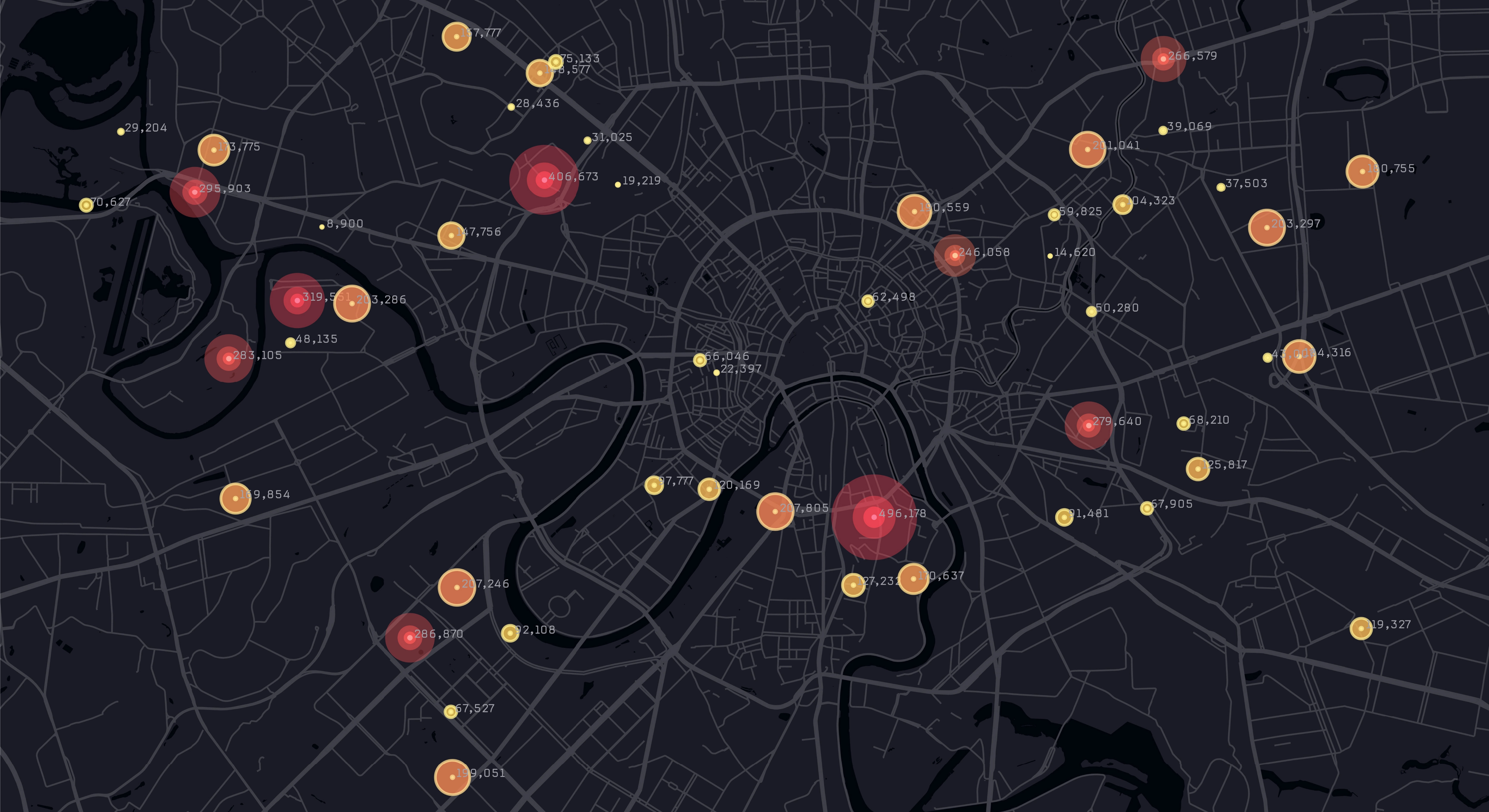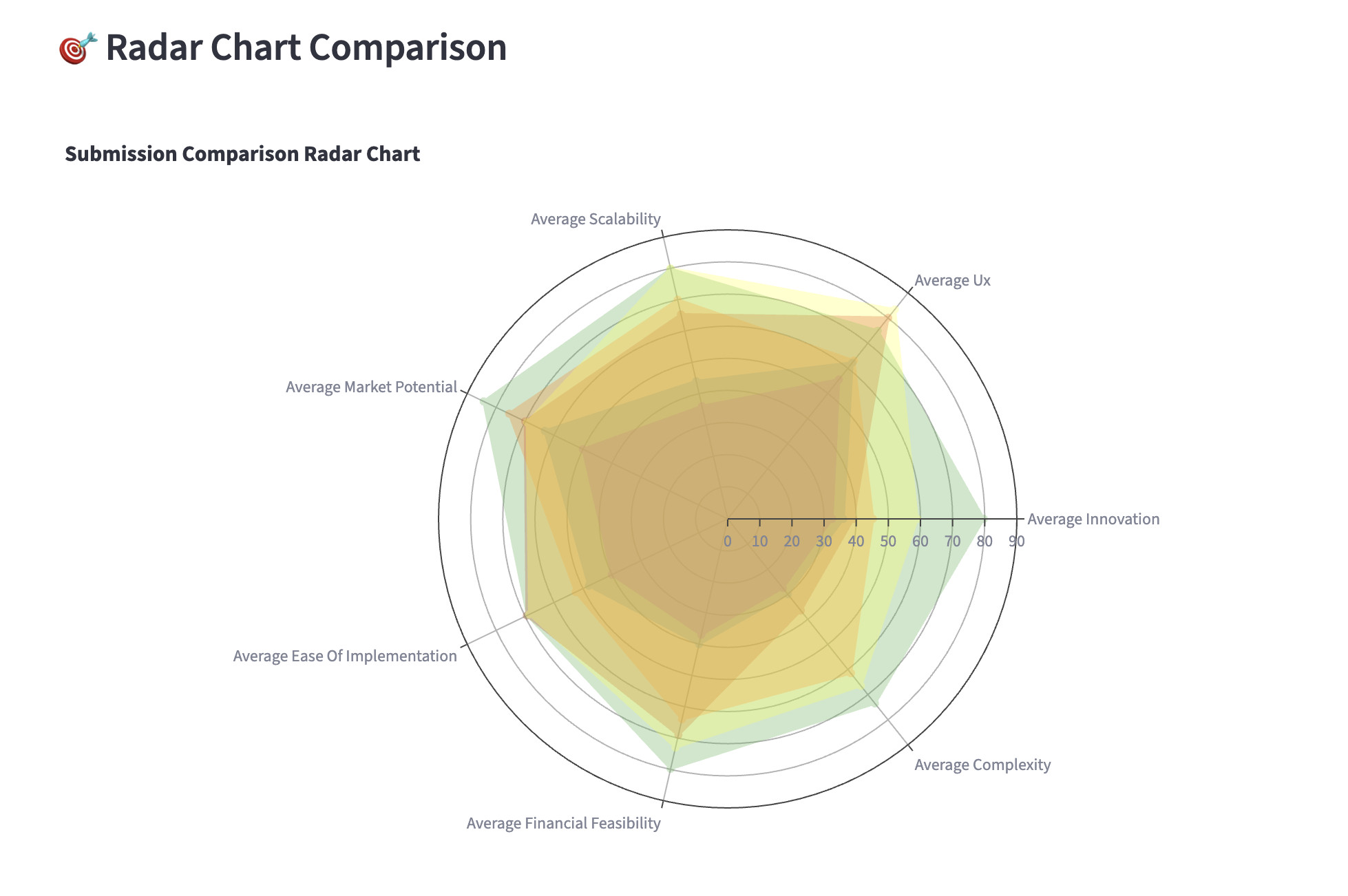April 24, 2025
Introducing the Semantic Density demo — a smarter way to evaluate LLM confidence
Presenting a new interactive tool to measure LLM confidence using semantic similarity for more trustworthy, model‑agnostic AI responses
LLMs generate answers with fluent language and convincing tone — but beneath the surface, there’s often no indication of how confident the model actually is in its answers. In high-stakes applications, that’s a problem.
Today, we’re releasing a live demo of Semantic Density, a technique developed at Cognizant’s AI Research Lab to address this gap. The method quantifies uncertainty in free-form LLM outputs, assigning a response-level confidence score without any model retraining or fine-tuning.
This demo gives you a chance to explore Semantic Density in action and evaluate whether the confidence scores align with your expectations.
What is Semantic Density?
LLMs don’t have built-in confidence measures. They produce outputs that sound authoritative — even when they’re wrong, misleading, or inconsistent. That’s a critical problem for decision-making in domains where reliability matters.
Most uncertainty estimation methods rely on token probabilities or surface-level variation, which often miss the actual meaning of responses — especially in open-ended tasks. These approaches tend to be coarse, prompt-level, and lack semantic nuance.
Semantic Density takes a different approach. It introduces a response-specific confidence score grounded in semantic similarity, not lexical overlap. The key idea is that a response is more trustworthy if it is semantically consistent with other plausible answers. If a response falls within a dense cluster of similar outputs in semantic space, it’s likely grounded. If it’s isolated, it may be an outlier or hallucination. This gives us a scalable, model-agnostic way to evaluate trust — without retraining or fine-tuning.
Semantic Density works off-the-shelf across models and tasks, and is built to scale. No model changes, no extra supervision — just better visibility into when you can trust an LLM’s output.
How to use the Semantic Density demo
The live demo lets you test Semantic Density in real time. It’s designed to be lightweight, interactive, and easy to interpret.
Here’s how it works:
1. Enter a question — ideally one that can be answered in 1–2 sentences. (To manage compute costs, response length is currently capped.)
2. The backend LLM generates 5 responses to your prompt. Semantic Density computes a confidence score (between 0 and 1) for each response. A higher score means the response is located in a denser region in output semantic space — and likely more trustworthy.
3. A 2D visualization shows how the responses cluster in semantic space. Proximity reflects semantic similarity; the heatmap indicates areas of higher density. (Note: The 2D plot is for interpretation only. Semantic density is calculated in a higher-dimensional space, so the numerical confidence score is the most accurate signal.)
Try it yourself
We invite you to try the demo in real-time and see how well the confidence scores align with your expectations. To learn more, check out:
- The full research paper (published in NeurIPS 2024) introducing our Semantic Density technique
- Our research method blog
- The video tutorial of the demo
Xin is a research scientist that specializes in uncertainty quantification, evolutionary neural architecture search, and metacognition, with a PhD from National University of Singapore
